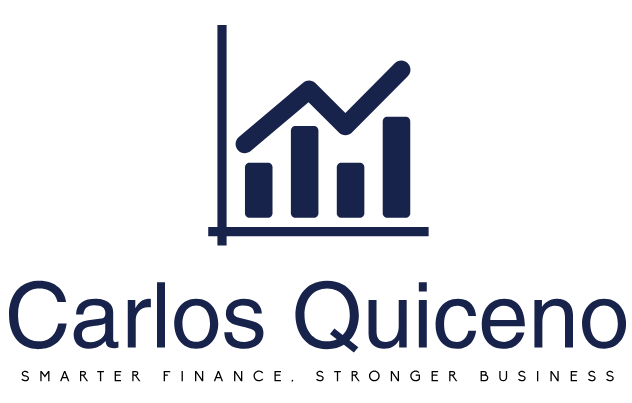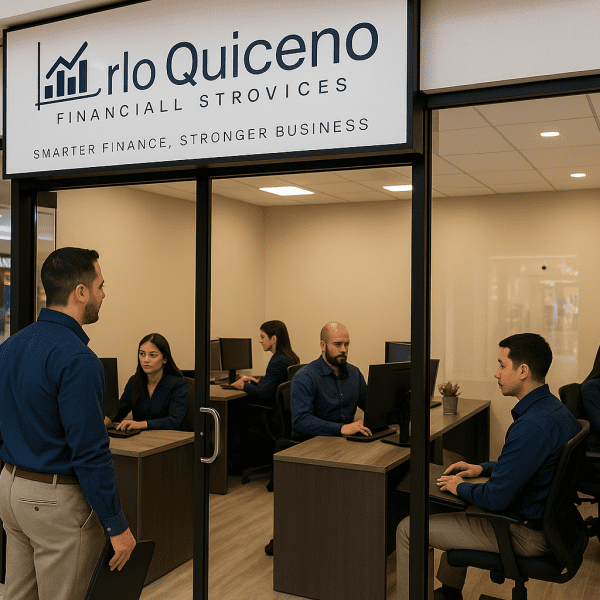Understanding Hot Money: Benefits and Risks for Global Investors
In the world of finance, “hot money” refers to large sums of capital that flow rapidly across borders in search of short-term gains. Also known as “capitales golondrina” in Spanish, this type of investment seeks the best opportunities where interest rates are favorable, currency valuations shift, or economic conditions create quick profits. While hot money can inject liquidity and stimulate economies, it also carries risks, such as market volatility and sudden capital outflows. For global investors, understanding the nature of hot money and its impact is essential for navigating today’s complex markets.
What is Hot Money?
Hot money typically flows into a country through portfolio investments such as equities, bonds, or money market instruments rather than long-term projects. Its primary goal is to exploit short-term differentials in returns, such as higher interest rates or stronger currency valuations, and move rapidly to new opportunities when conditions change.
- Example: A surge of capital might flow into emerging markets when interest rates are attractive, only to exit just as quickly when another market offers better returns or risks increase.
How Hot Money Affects Economies
Hot money can provide a temporary boost to the host country’s economy by increasing demand for assets, leading to price appreciation, currency strengthening, and a surge in market liquidity. This boost often supports economic growth in the short term and can attract even more international attention.
However, this inflow is not without risks. As quickly as it arrives, hot money can leave, causing rapid and destabilizing capital outflows. These “sudden stops” may trigger asset price crashes, currency depreciation, and financial crises in vulnerable economies.
Advantages for Global Investors
For investors, hot money movements present both opportunities and challenges:
- Access to Higher Returns: Investors can exploit favorable conditions in different markets, often earning better returns than in more stable or slower-growing environments.
- Currency Arbitrage: Hot money can allow investors to profit from currency fluctuations and cross-border exchange rates.
- Enhanced Market Liquidity: Inflows of hot money can improve market liquidity, making it easier to enter and exit positions without large price impacts.
Risks Associated with Hot Money
While the pursuit of high returns is attractive, there are significant risks tied to hot money investments:
- Market Volatility: Hot money can create or exacerbate market bubbles. When this capital exits, it can trigger sharp price declines and volatility.
- Regulatory Risks: Governments may impose capital controls to limit sudden inflows and outflows, potentially trapping investors in specific markets.
- Economic Instability: Dependence on volatile capital flows can lead to sudden economic disruptions, particularly in emerging markets.
Strategies for Managing Risks
Given the risks associated with hot money, global investors should adopt strategies to manage potential downsides:
- Diversification: Spread investments across multiple regions and asset classes to reduce the impact of sudden market changes.
- Hedging: Use financial instruments such as derivatives to hedge against currency and interest rate risks.
- Due Diligence: Stay informed about economic, political, and regulatory factors that may influence capital flows in specific markets.
- Monitoring Indicators: Pay attention to key indicators like foreign exchange reserves, bond yields, and macroeconomic policies that influence market stability.
The Role of Policy Makers
Countries receiving large inflows of hot money must balance the potential benefits of attracting foreign capital with the risks of volatility. Policy makers may implement measures such as:
- Capital Controls: Restricting the movement of funds to protect against excessive volatility.
- Interest Rate Adjustments: Influencing domestic interest rates to moderate inflows or outflows.
- Macroeconomic Policies: Ensuring a stable economic environment that can cushion against sudden outflows.
Conclusion
For global investors, hot money presents both enticing opportunities and complex challenges. While it can lead to quick gains, the associated volatility requires careful management and strategic decision-making. At Carlos Quiceno Financial Services, we help our clients navigate the nuances of international investments, ensuring that portfolios remain balanced and resilient, even in rapidly shifting markets. Understanding the dynamics of hot money is a key step in leveraging global opportunities while mitigating risks













